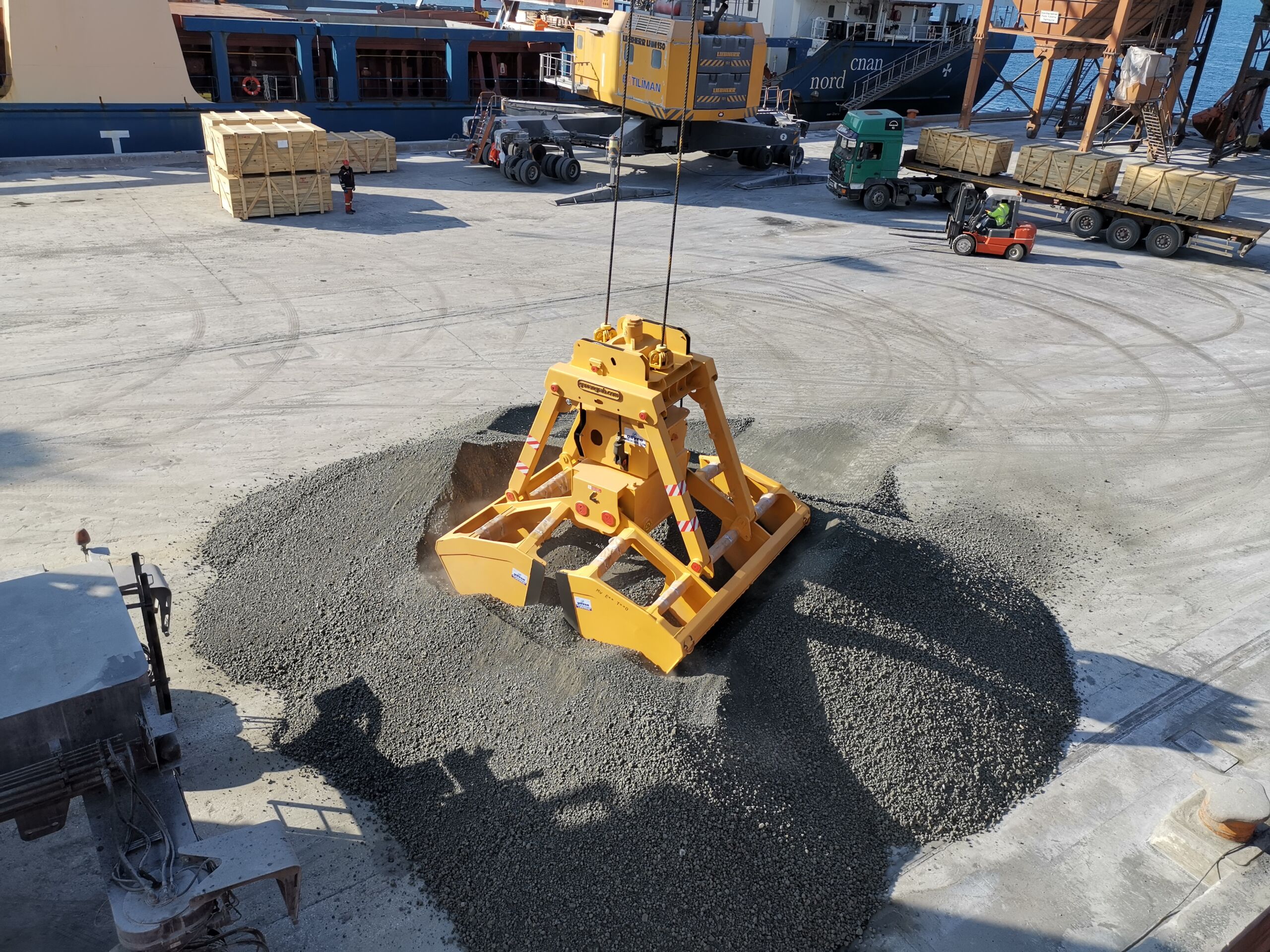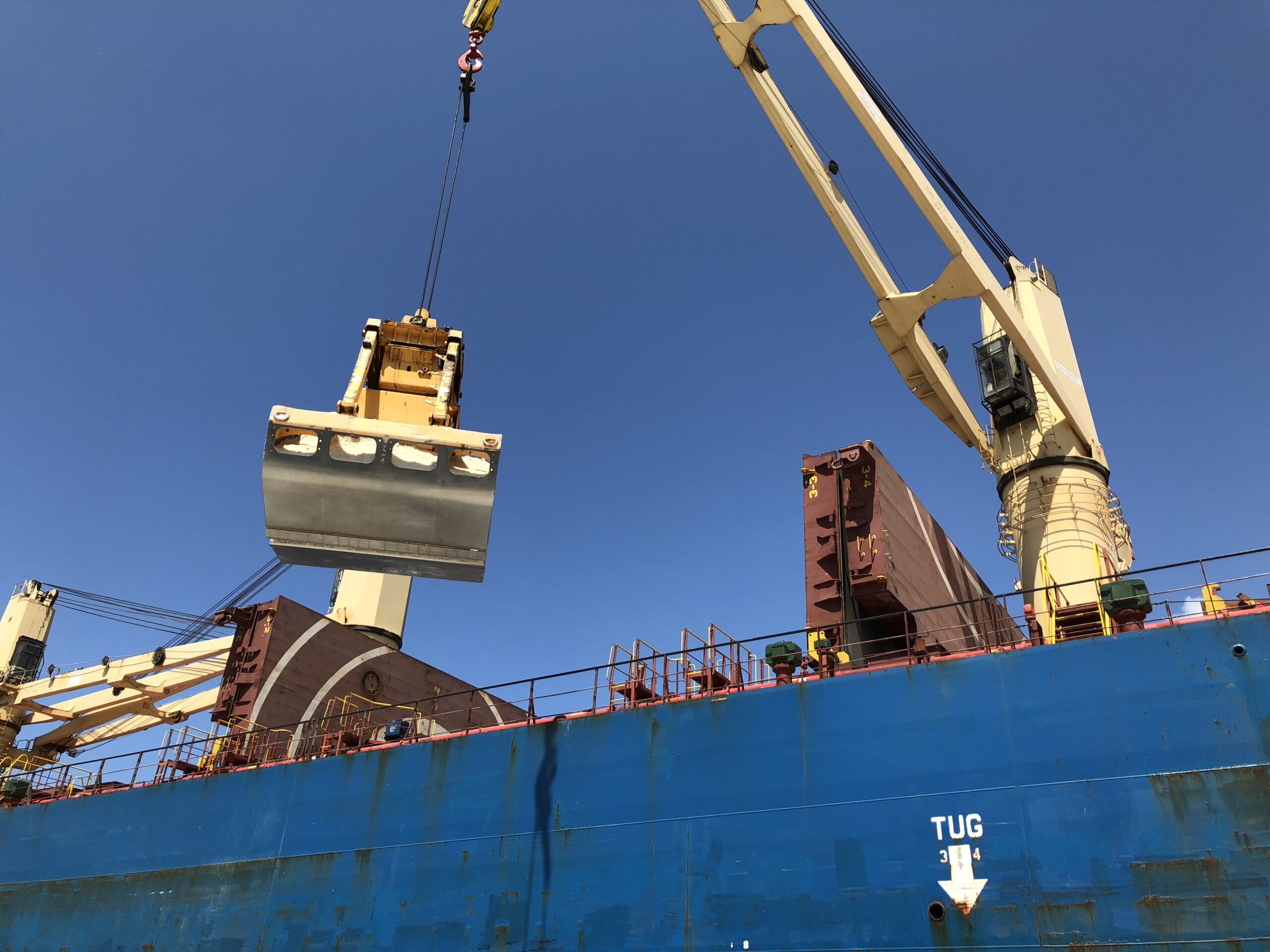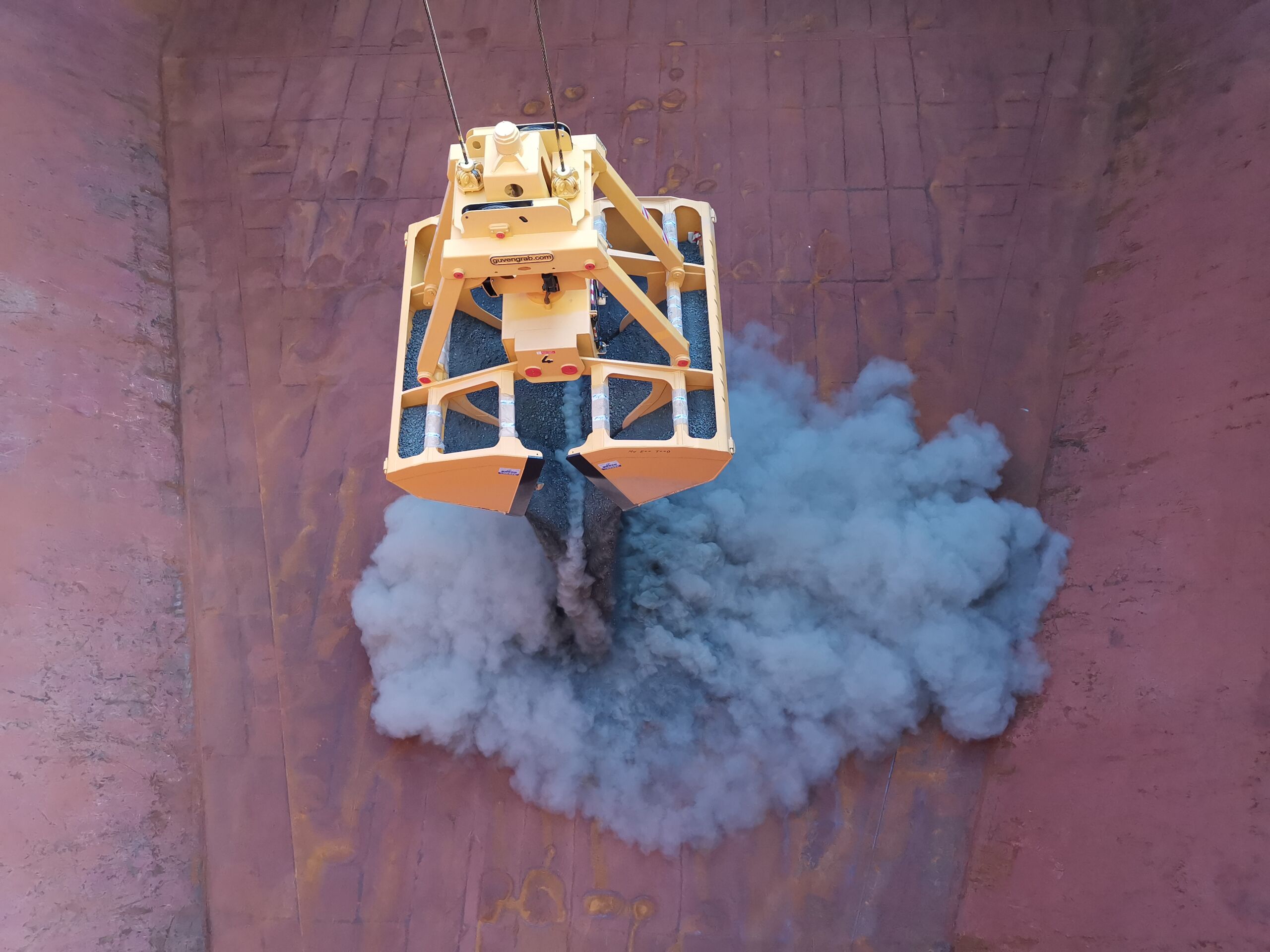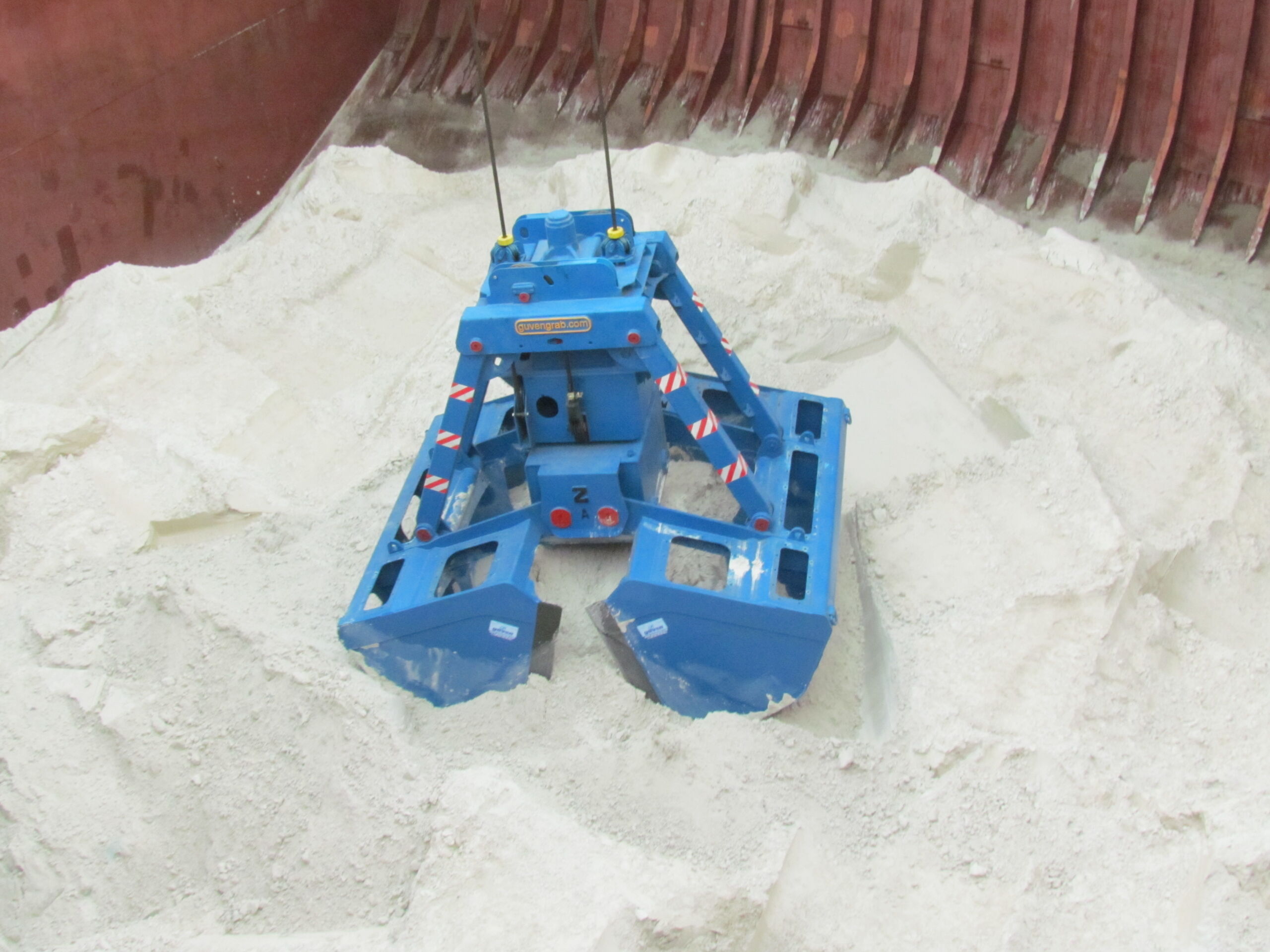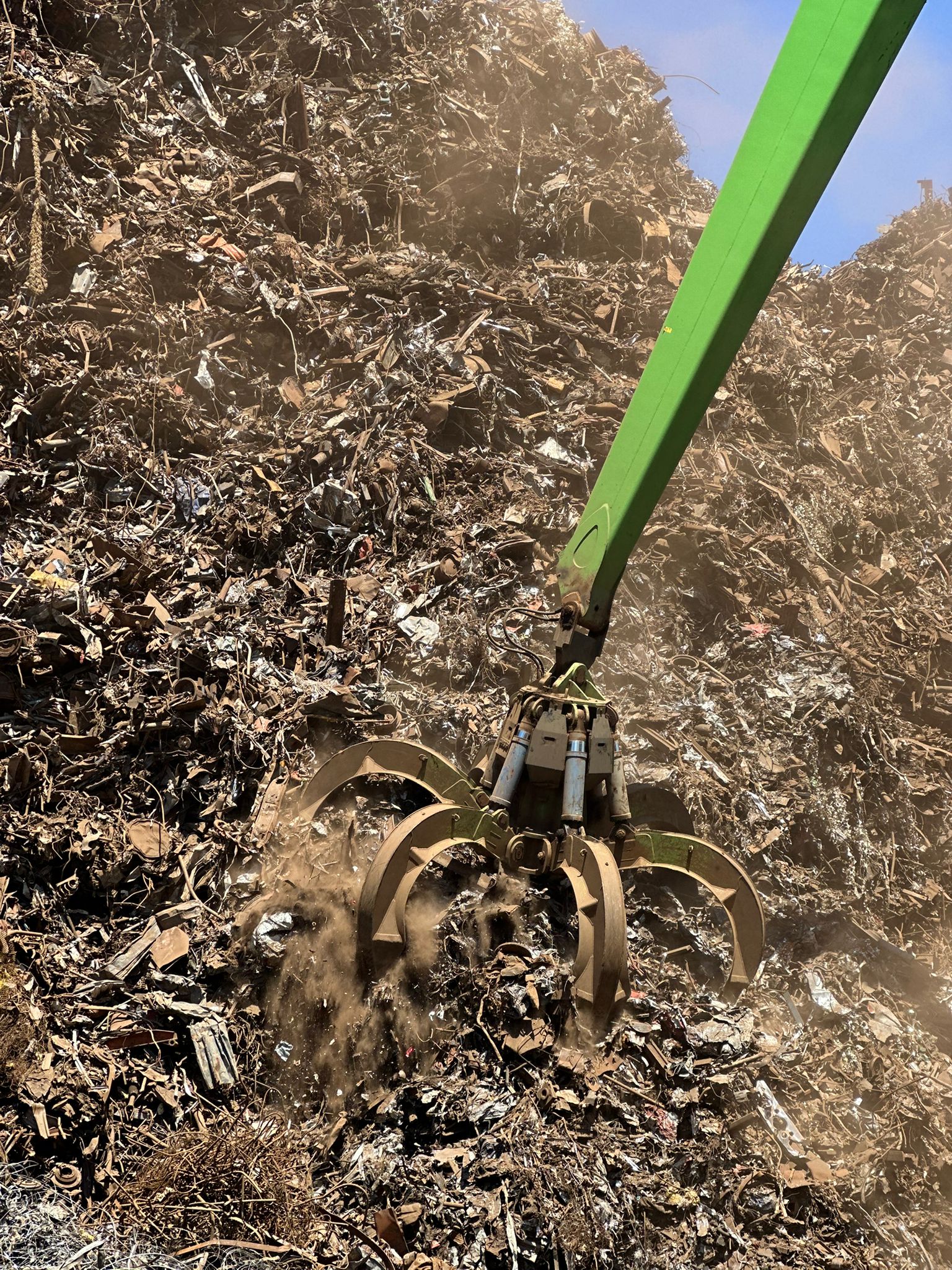What Makes a Grab “Heavy Duty” in Port Logistics?
In bulk cargo operations, equipment failure is not just an inconvenience, it can disrupt entire supply chains. Ports and terminals operate under constant pressure where thousands of tons of material must be handled safely and without interruption. In this environment, the true meaning of “heavy duty” equipment becomes critical.
For grabs in particular, heavy duty does not simply mean bigger or stronger. It represents a design philosophy built around durability, load efficiency, and consistent performance under the harshest conditions. Understanding what qualifies a grab as heavy duty allows terminal operators and engineers to make informed investment decisions that directly impact productivity and long-term cost savings.
What Is Heavy Duty In The Context Of Port Equipment
In the world of port logistics, the term “heavy duty” carries specific engineering implications. A grab designed for continuous loading and unloading of bulk cargo must withstand repetitive stress, abrasive materials, and environmental challenges such as saltwater exposure. Simply labeling a product as heavy duty is not enough. What sets true heavy duty grabs apart is the balance between structural reinforcement, material selection, and operational adaptability.
Unlike standard grabs that may perform well under light or occasional use, heavy duty models are engineered for uninterrupted duty cycles. This includes optimized wall thickness, reinforced pivot points, and hydraulic or mechanical systems tested to handle extreme loads without compromising efficiency. For operators, understanding these differences is key to reducing downtime and maximizing throughput in high-demand environments.
Material Strength, Design Reinforcement, And Load Capacity
The foundation of any heavy duty grab lies in the strength of its materials and the integrity of its design. High-grade steels such as Hardox or similar wear-resistant alloys are commonly used to ensure the shells and load-bearing structures can endure abrasive cargo like scrap, clinker, or iron ore. These steels provide a balance of toughness and flexibility, preventing cracks or premature wear during continuous use.
Reinforcement plays an equally important role. Engineers strategically strengthen pivot arms, hinges, and load transfer points where stress is highest. This ensures that the grab not only carries higher capacity but does so repeatedly without structural fatigue. Load capacity is then carefully matched to the crane’s lifting profile, ensuring operators can achieve maximum throughput without risking overloading or unsafe conditions.
In short, heavy duty performance is not only about handling more weight, but about doing so reliably, cycle after cycle, with materials and design choices that anticipate real-world operational stress.
Common Stress Points And How They Are Engineered To Last
Every grab, regardless of type, has areas that experience concentrated stress during operation. These include hinge pins, bearing housings, hydraulic cylinder connections, and the lower edges of the shells where cargo impact is most intense. If these points are not properly designed, the grab becomes prone to cracks, misalignments, or hydraulic leaks; all of which result in costly downtime.
To counter these risks, heavy duty grabs are built with oversized pins and bushings, often hardened to resist wear. Hydraulic cylinder ends are reinforced with protective housings, while high-contact areas of the shells are fitted with additional wear plates. In many cases, modular components are introduced so that heavily stressed parts can be replaced without dismantling the entire grab.
This engineering foresight extends the equipment’s service life and reduces maintenance interruptions, ensuring that operations in ports and terminals remain continuous and predictable even under tough working conditions.
Certifications And Standards That Matter
In global port operations, reliability is not just about design, it is also about compliance with recognized standards. Heavy duty grabs are expected to meet international certifications that validate safety, performance, and durability. Standards such as ISO 9001 for quality management and CE marking for machinery safety are often mandatory for European operations. In addition, guidelines from the FEM (European Materials Handling Federation) help ensure that grabs are tested for structural integrity under realistic load cycles.
For terminal operators, these certifications act as more than paperwork. They are assurance that the grab has undergone rigorous testing and meets the requirements of regulatory bodies, insurers, and classification societies. In many cases, vessels or port authorities will not approve equipment that lacks the proper compliance. Choosing a grab backed by the right certifications not only protects operational safety but also safeguards long-term investment.
How To Evaluate A Grab Lifespan Before Purchase
Before investing in a heavy duty grab, terminal operators and engineers must look beyond initial specifications and ask whether the equipment can truly deliver long-term performance. Evaluating lifespan starts with examining material thickness, weld quality, and the presence of wear-resistant plates in critical areas. A close inspection of hydraulic or mechanical systems -including seals, hoses, and cylinder protection- also provides clear indicators of durability.
Operational testing is equally important. Checking cycle speed, opening and closing reliability, and balance during lifting gives insight into how the grab will behave under real port conditions. In addition, credible suppliers will provide reference cases and service records from existing customers, allowing buyers to validate performance claims.
Ultimately, the right evaluation ensures that the grab not only meets capacity requirements on paper but also sustains continuous operations for years, protecting operators from hidden costs related to downtime or premature replacement.
Pros And Cons Of Heavy Duty Grabs
Heavy duty grabs are often the preferred choice for demanding port operations, but like any major investment, they come with trade-offs. Understanding these advantages and disadvantages helps operators choose the right grab for their specific handling requirements.
| Pros | Cons |
|---|---|
| Durable for tough cargo | Higher purchase cost |
| Longer service life | Heavier weight limits crane capacity |
| Handles continuous operations | More complex maintenance |
| Cost-effective long term | Overkill for light cargo |
While the benefits strongly favor operations dealing with abrasive or high-volume materials, operators handling lighter commodities may find that a standard or lighter-duty grab is more cost-efficient.
When To Choose Hydraulic Grabs In Port Operations
Hydraulic grabs bring significant advantages in ports where flexibility, speed, and precision are critical. They are particularly effective for handling bulk commodities such as grain, fertilizer, and soda ash, where consistent opening and closing cycles directly impact overall vessel turnaround time.
Two main options exist within this category. Electro-hydraulic grabs rely on a direct electrical supply from the crane, making them ideal where stable power connections are available. Radio remote control grabs, on the other hand, require no external cables or generators, operators simply attach the grab to the crane’s hook and begin working. This plug-and-play capability makes remote grabs especially attractive for bulk carriers that want self-sufficiency at multiple ports.
In both cases, hydraulic systems provide faster cycle times compared to mechanical alternatives, reducing the labor dependency and maximizing the efficiency of every lift. For terminal operators, choosing hydraulic grabs can mean shorter vessel stays, higher throughput, and better long-term economics when matched with the right crane.
Why Mechanical Grabs Still Dominate In Certain Scenarios
Despite the efficiency of hydraulic systems, mechanical grabs remain the backbone of many bulk terminals worldwide. Their appeal lies in unmatched robustness, simplicity, and compatibility with a wide range of cranes, especially two-rope or four-rope models commonly found in ports.
For materials like coal, ore, or heavy scrap metal, mechanical grabs often outperform hydraulic options due to their ability to handle extreme loads with minimal maintenance complexity. With no reliance on electrical supply or remote-control systems, they deliver consistent performance even in environments where infrastructure is limited or maintenance resources are scarce.
This practicality makes mechanical grabs the default choice in many developing ports or in operations where cargo is heavy, abrasive, and does not require precision unloading. While they may not offer the cycle speed of hydraulic systems, their proven durability ensures a dependable workhorse for continuous operations.
Practical Examples From Bulk Terminals
Across global ports, the choice between hydraulic and mechanical grabs often reflects the specific challenges of the cargo being handled. For example, grain terminals in West Africa increasingly adopt radio remote control hydraulic grabs because they eliminate the need for external power connections, allowing vessels to operate independently and avoid costly delays. In contrast, scrap yards in Europe and Asia continue to rely heavily on mechanical orange peel grabs, as their rugged design withstands the constant impact of irregular and abrasive materials.
At multi-purpose terminals, operators often invest in both types to ensure flexibility. A port may use hydraulic grabs for fertilizers and cereals during harvest season, then switch to mechanical grabs for coal and clinker shipments. These practical cases illustrate that “heavy duty” is not a one-size-fits-all concept, but rather a careful match between cargo type, crane capability, and operational goals.
Conclusion
In port and terminal operations, the concept of “heavy duty” goes far beyond a label. It is the result of careful engineering, material selection, and compliance with international standards that together ensure reliability under the harshest working conditions. Whether the choice is a hydraulic grab for speed and flexibility or a mechanical grab for raw strength and simplicity, the correct match directly determines operational uptime and long-term cost efficiency.
For decision-makers, evaluating equipment lifespan, understanding pros and cons, and aligning grab selection with cargo profiles is essential. By doing so, ports can minimize downtime, increase throughput, and secure stronger returns on investment. The right heavy duty grab is not just a tool, it is a strategic asset that shapes the performance and profitability of bulk cargo operations.
Table of Contents


